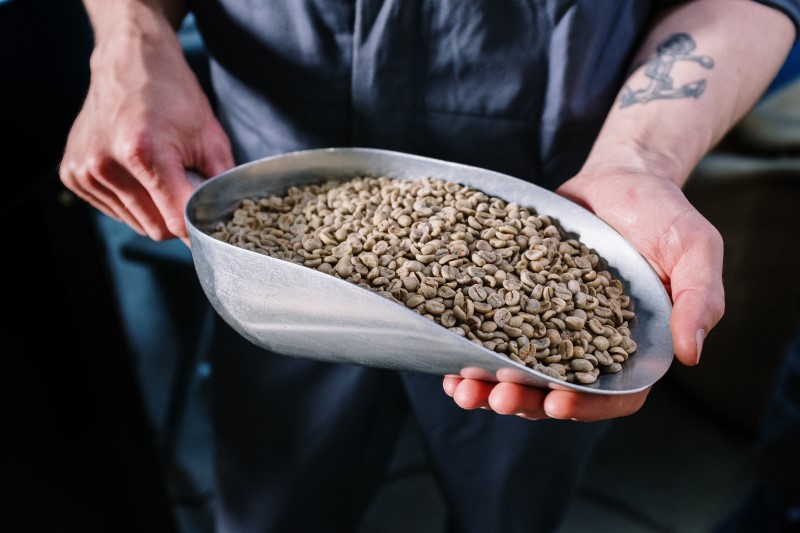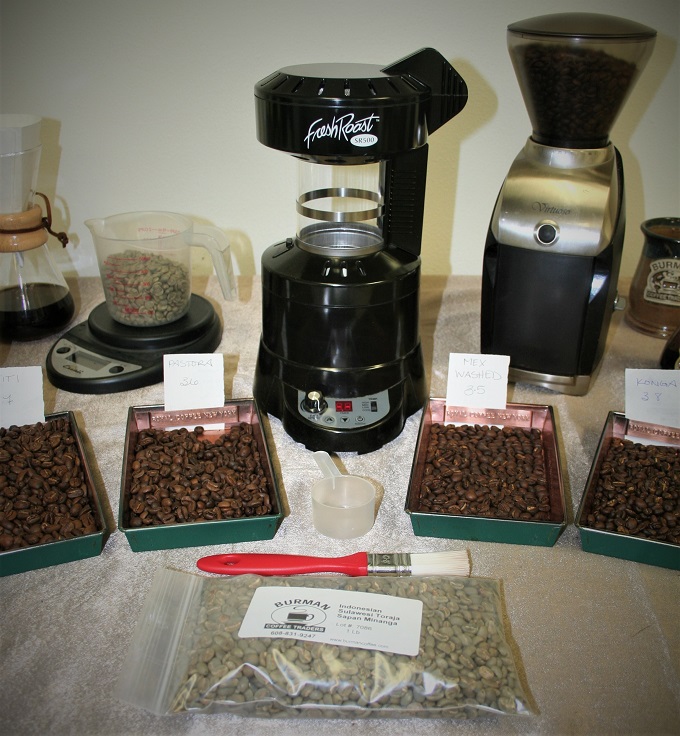Not all specialty premium coffees are alike. There are numerous diverse flavor profiles and each unique lot of beans will have its own distinctive characteristics. These differences are not necessarily good or bad – each will appeal to different preferences, and all together they provide a wondrous variety of taste experiences. Quite often differences in […]
Month: March 2019
All About Green Coffee Beans?

More Information: What is Home Roasting?What is Green Coffee? What are Green Coffee Beans?What are Qualities of Good Coffee?How to Choose Green Coffee Beans? Primers about Types of Coffees:Guide to Coffee RegionsGuide to Coffee CultivarsGuide to Coffee Processing MethodsGuide to Coffee Roast Styles Get Started:Home Roasting for BeginnersBuy Premium Green Coffee BeansBuy Home Coffee Roasters […]
Site Map – Home Coffee Roasting Learning Center

Whether just getting started with roasting your own coffee beans or a more veteran Home Coffee Roaster, here at Burman Coffee Traders we want to help you get that perfect cup of coffee from your home roasting experience. In addition to great products for Home Coffee Roasting, we also strive to be an educational resource […]
Read More… from Site Map – Home Coffee Roasting Learning Center
Welcome to Burman Coffee Traders Learning Center!
More Information: What is Home Roasting? What is Green Coffee? What are Green Coffee Beans? What are Qualities of Good Coffee? How to Choose Green Coffee Beans? Tips: Roaster’s Journal Tips: Roasting Coffee Tips: Grinding Coffee Tips: Brewing Coffee All Home Coffee Roasting Primers Primers about Types of Coffees: Guide to Coffee Regions Guide to […]
Read More… from Welcome to Burman Coffee Traders Learning Center!
Fresh Roast SR500: Perfect for Beginners

More Information: What is Home Roasting? What is Green Coffee? What are Green Coffee Beans? What are Qualities of Good Coffee? How to Choose Green Coffee Beans? Primers about Types of Coffees: Guide to Coffee Regions Guide to Coffee Cultivars Guide to Coffee Processing Methods Guide to Coffee Roast Styles Get Started: Home Roasting for […]
Home Coffee Roasting for Beginners

More Information: What is Home Roasting? What is Green Coffee? What are Green Coffee Beans? What are Qualities of Good Coffee? How to Choose Green Coffee Beans? Primers about Types of Coffees: Guide to Coffee Regions Guide to Coffee Cultivars Guide to Coffee Processing Methods Guide to Coffee Roast Styles Get Started: Home Roasting for […]
Guide to Coffee Roast Styles

Skip to:Light Roasts Medium Roasts Medium-Dark RoastsDark Roasts & Espresso Why “Set-up”? More Information: What is Home Roasting?What is Green Coffee? What are Green Coffee Beans?What are Qualities of Good Coffee?How to Choose Green Coffee Beans?All Home Coffee Roasting Primers Get Started:Home Roasting for BeginnersBuy Premium Green Coffee BeansBuy Home Coffee Roasters All of […]
